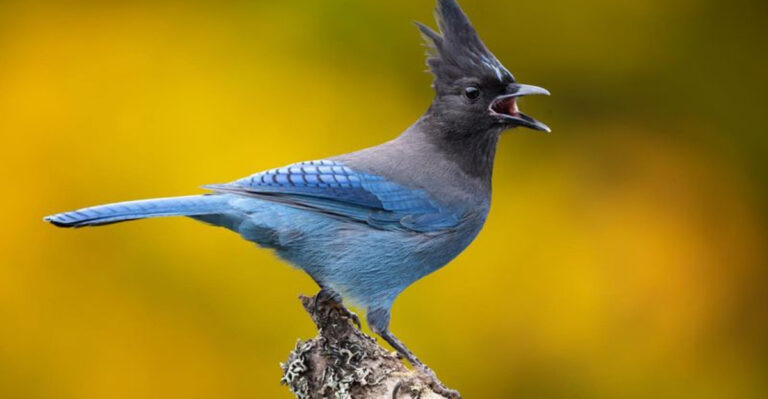Why The Kakapo Parrot Is The World’s Rarest And Most Unique Bird
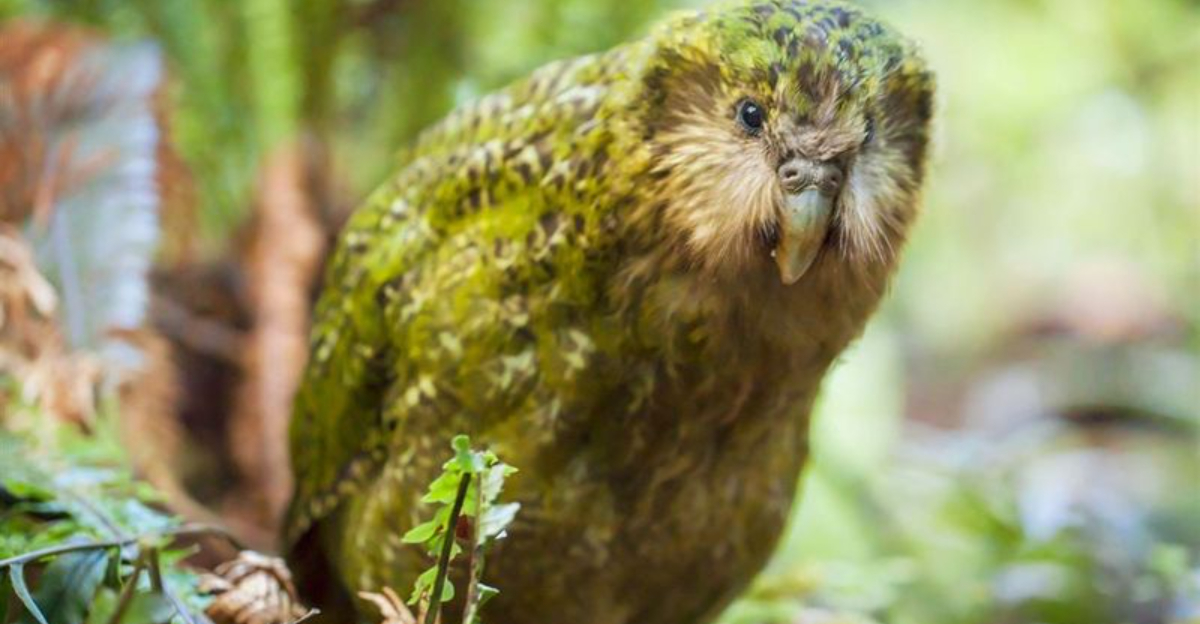
Ever wondered what makes the Kakapo parrot stand out? Well, you’re in for a treat! This quirky, flightless bird from New Zealand is not just rare – it’s a fascinating mix of uniqueness wrapped in feathers.
Throughout this article, we’ll explore 12 delightful reasons why the Kakapo is a bird like no other. Whether it’s their nocturnal habits or charming personalities, these birds will surely capture your heart.
So grab a comfy seat and get ready to discover the wonders of the world’s rarest parrot.
1. Flightless Nature

Imagine a parrot that can’t fly! The Kakapo, unlike its airborne relatives, has evolved without the ability to soar the skies.
Living in predator-free environments, this quirky adaptation became an advantage. Besides, their strong legs make them excellent climbers.
Their flightless nature might sound like a flaw, but it’s what makes them fascinating. Moving mainly at night, they waddle around with charming determination.
This unique trait highlights their adaptability and survival tactics in New Zealand’s lush forests.
2. Nocturnal Lifestyle
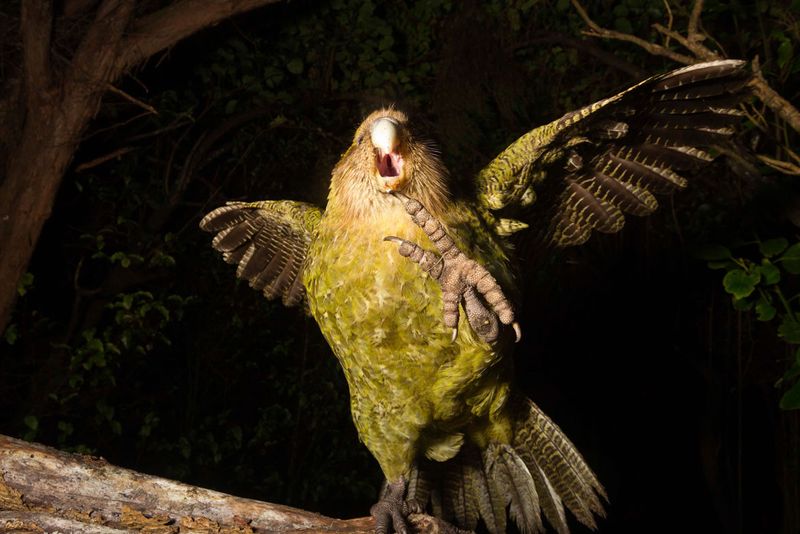
Meet the night owl of the parrot world! The Kakapo is a nocturnal creature, preferring the cool, calm embrace of the night.
As darkness falls, these birds become lively wanderers, exploring their surroundings with keen curiosity.
Their large, owl-like eyes aren’t just for show – they provide excellent night vision, helping them forage for food while most creatures snooze. This nocturnal lifestyle reduces competition and predation.
So, next time you’re up late, remember the Kakapo might be too, enjoying its moonlit adventures in New Zealand’s serene wilderness.
3. Unique Courtship Display
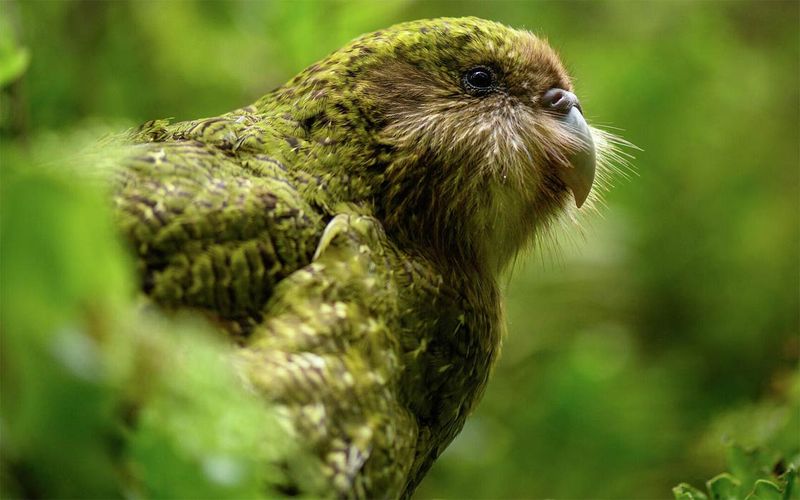
Romance takes a peculiar turn in the world of Kakapos. Males perform an elaborate courtship display, known as booming, to attract females.
They inflate their chest and produce deep, resonating calls that can be heard miles away.
This booming is their love song, serenading potential mates with a sound that echoes through the valleys. It’s a spectacle of nature, where precision and power come together in a dance of sound.
Their effort doesn’t go unnoticed – female Kakapos select their partners based on these enthralling performances. It’s the ultimate quest for love in the wild!
4. Endangered Status
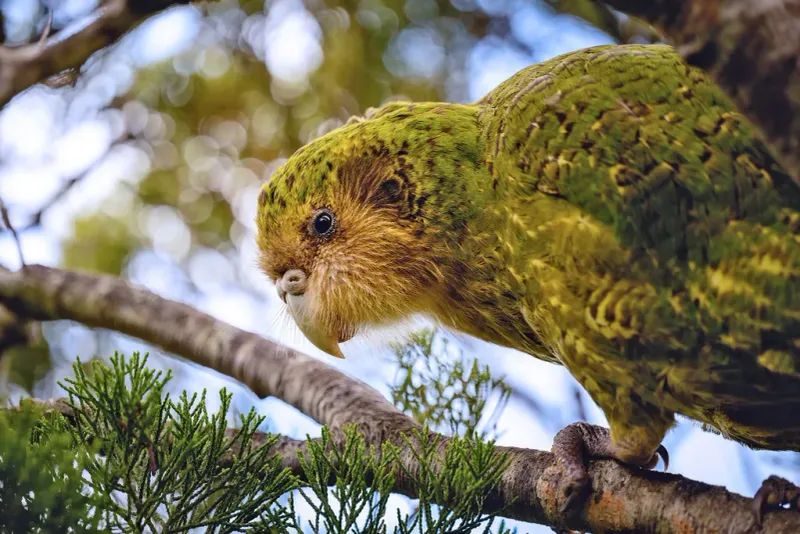
An exclusive club no one wants to join – the Kakapo is critically endangered. With only a few individuals left, they symbolize the urgent need for conservation efforts. Human intervention is crucial to their survival.
Conservationists work tirelessly to protect these birds, providing safe habitats and monitoring their population. The Kakapo Recovery Program illustrates a committed effort to turn the tide for this vulnerable species.
Witnessing their plight reminds us of the delicate balance in nature. It’s not just about saving a species; it’s about preserving a unique piece of our world’s natural history.
5. Remarkable Lifespan
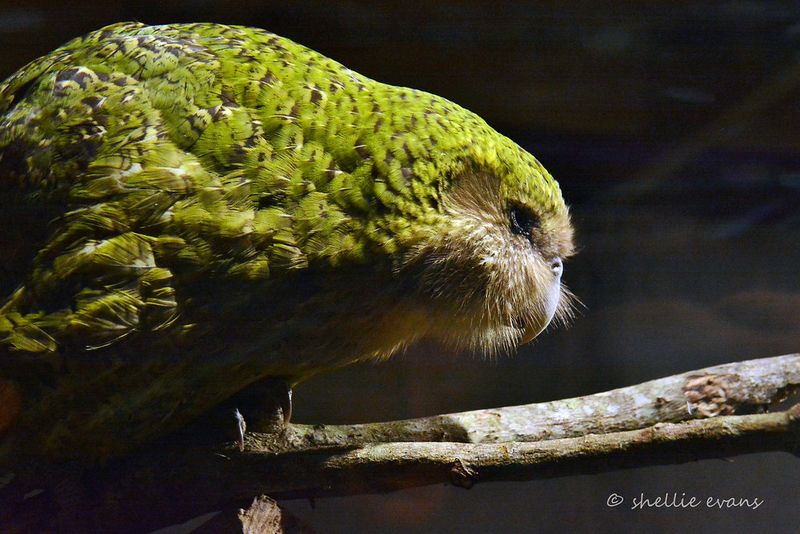
Kakapos are like fine wine – they get better with age. These parrots boast impressive lifespans, often reaching up to 90 years. Imagine decades of wisdom in those gentle eyes!
This longevity is rare among birds and adds another layer to their uniqueness. Their slow-paced lifestyle and careful approach to life contribute to their extended years.
Every Kakapo, as it ages, becomes a living testament to resilience and adaptability. They are nature’s way of showing us that sometimes, taking life slow is the secret to a long, fulfilling existence.
6. Distinctive Appearance
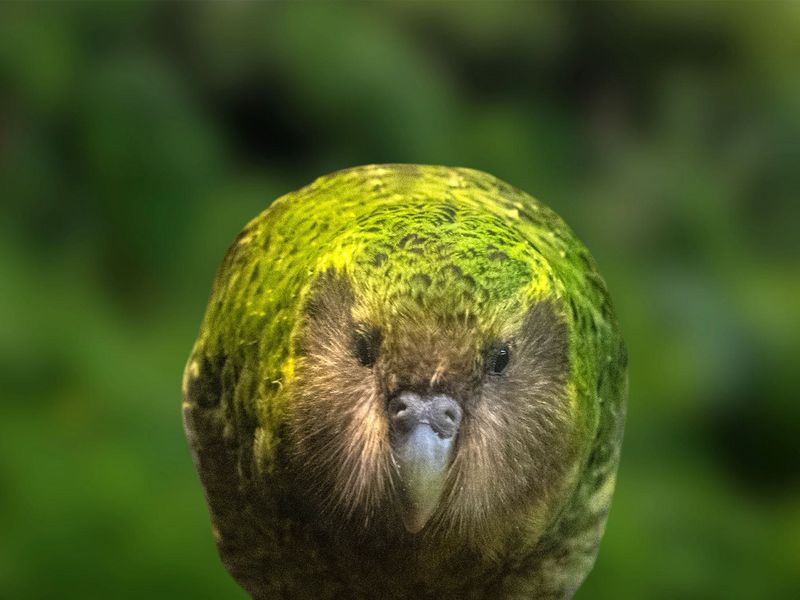
Kakapos are a sight to behold! With their mossy green plumage, they blend seamlessly into the forest. These feathers aren’t just pretty – they’re a perfect camouflage against predators.
Their facial disc resembles an owl, giving them a wise, endearing expression. It’s like they carry a piece of ancient wisdom in their gaze.
Every feather, every hue, speaks of an avian masterpiece crafted by nature. Their looks are more than just skin deep – they tell a story of evolution and adaptation in the wild world.
7. Herbivorous Diet
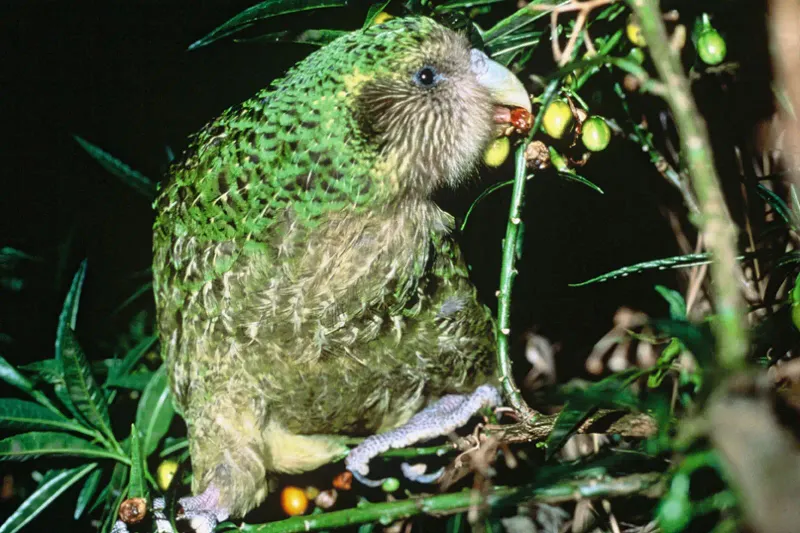
Forget seeds and nuts – Kakapos have a taste for leaves and fruits. Their herbivorous diet is a testament to their unique evolution. By munching on native plants, they play a role in their ecosystem.
Their beaks are perfectly adapted for a vegetarian lifestyle, allowing them to grind leaves into a nutritious meal. This diet showcases their gentle, non-aggressive nature.
Living harmoniously with their environment, Kakapos remind us of the beauty in simplicity. They’re nature’s herbivores, thriving on the land’s bounty without disturbing the delicate ecological balance.
8. Distinct Vocalizations
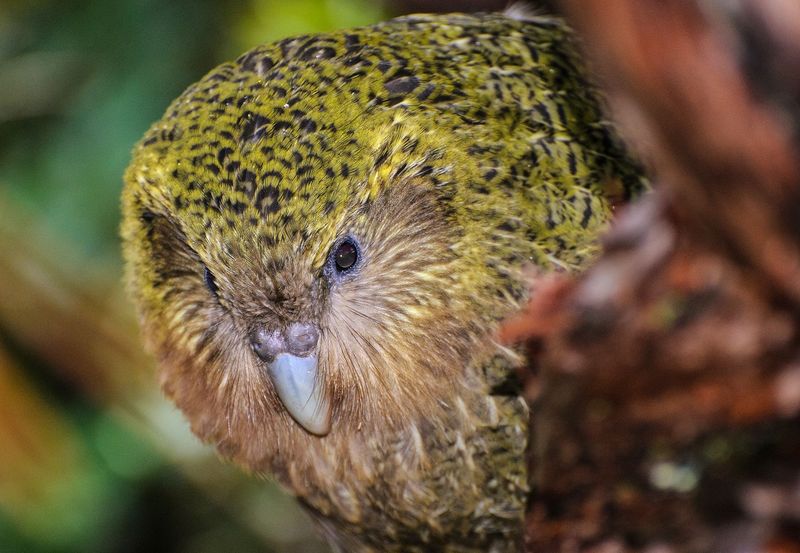
Kakapos are linguistic marvels. Their vocal repertoire is vast, ranging from soft coos to their famous booming calls. Each sound serves a purpose, from communication to courtship.
Their booming call is legendary, reverberating through the forest in search of a mate. It’s a hauntingly beautiful symphony that echoes nature’s wonders.
These vocalizations reflect their personality – expressive and heartfelt. Listening to a Kakapo is like tuning into a natural orchestra, where each note tells a story of love, survival, and connection.
9. Solitary Creatures

Kakapos cherish solitude. These birds are solitary by nature, preferring their own company to social flocks. It’s as if they march to the beat of their own drum.
Living alone fosters self-reliance and independence. Each Kakapo carves out its niche in the forest, navigating life’s challenges with quiet determination.
This solitary lifestyle is a reminder of the strength in independence, where thriving alone is not just possible, but fulfilling. Kakapos are nature’s introverts, embracing the beauty of solitude with grace and poise.
10. Slow Reproduction
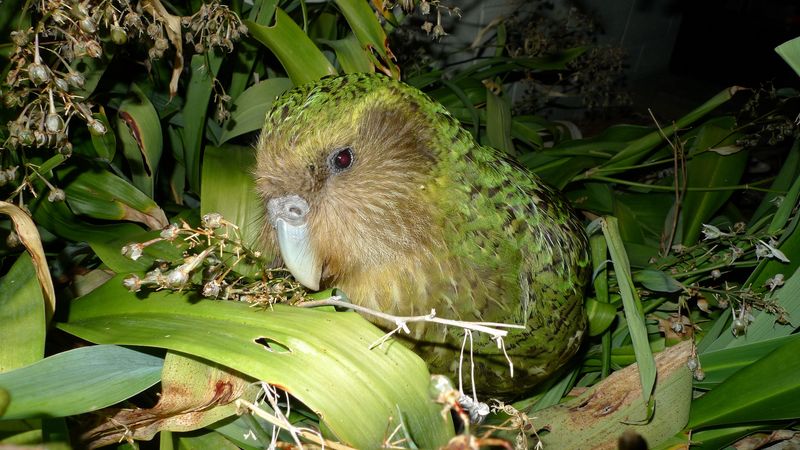
Patience is a virtue, especially for Kakapos. They have one of the slowest reproduction rates among birds. Breeding occurs only every few years, depending on food availability.
When they do nest, it’s a meticulous process. Females lay eggs on the forest floor, caring for them with unwavering dedication. It’s a delicate dance of timing and resource management.
This slow reproduction rate makes each chick precious, a beacon of hope for the species’ future. It’s nature’s lesson in patience and precision, where every new life is celebrated and cherished.
11. History Of Survival

Kakapos are survivors. Their history is intertwined with New Zealand’s past, coexisting with Polynesian settlers and later European arrivals. Through habitat loss and hunting, they’ve faced extinction more than once.
Their resilience is legendary, adapting to changes with courage and tenacity. Conservation efforts today honor this legacy, striving to secure a future for these remarkable birds.
This history of survival is a testament to their fortitude. Kakapos embody the spirit of perseverance, reminding us that even in adversity, hope can bloom and life can flourish anew.
12. Contribution To Science
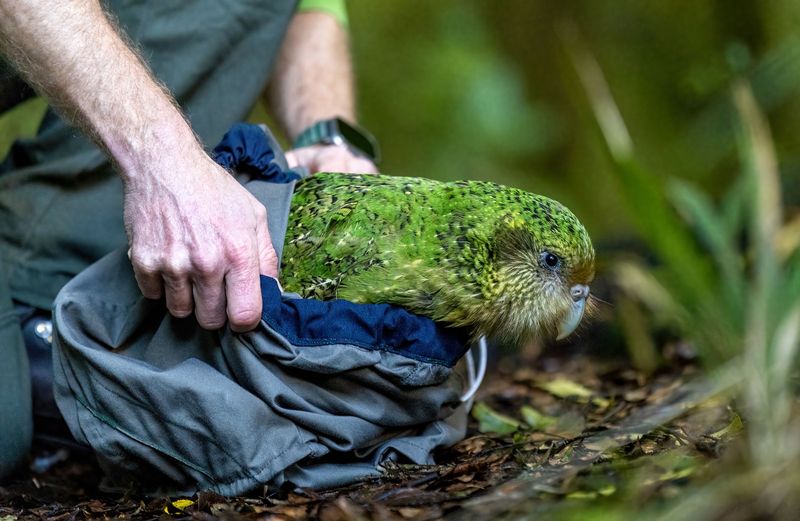
Kakapos are more than just birds; they’re research pioneers. Scientists study them to understand evolution, genetics, and conservation biology. Each finding sheds light on the mysteries of life.
Their unique traits offer insight into avian development and adaptation. By studying Kakapos, we learn about resilience and ecosystem dynamics.
This contribution to science is invaluable, opening doors to new possibilities. Kakapos are nature’s educators, teaching us lessons that transcend the wild, guiding conservation efforts to protect our planet’s biodiversity.



